How many times have you whiled your morning away gazing at the beautiful light blue sky dotted with fluffy little clouds? How many times have you lost track of time transfixed at the beauty of the pure white cloud formations on a background of the clearest blue? What is the sky without clouds? A cloudless sky is like Christmas without snow. Yes, unimaginable!
Here is a compilation of seven of the most strange, yet beautiful cloud formations.
1. Cirrus Radiatus
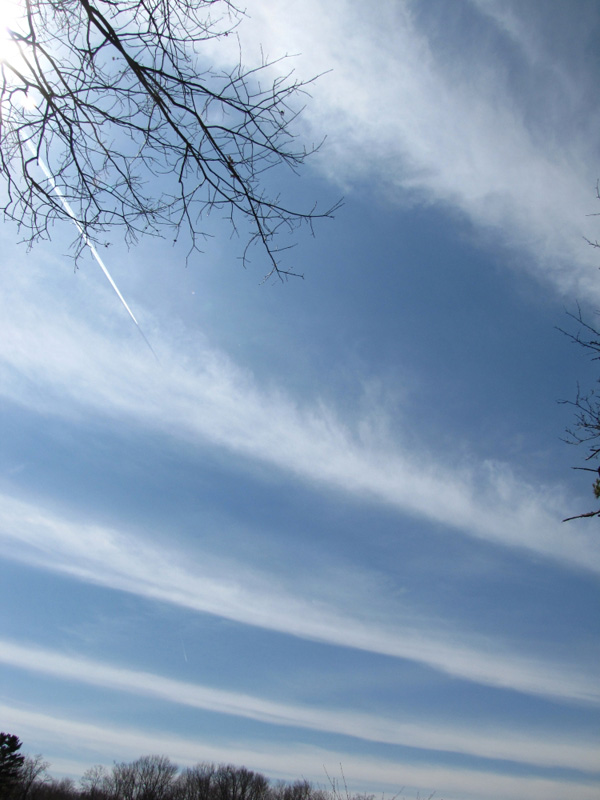
The name Cirrus Radiatus is derived from Latin meaning striped. This cloud formation usually occurs in the coldest regions of the planet. It consists of wispy thin bands which meet at a point. As the climate is severely cold, these clouds are generally composed of tiny ice crystals. The Cirrus Radiatus clouds are formed due to convection currents being created in the unstable layers of the upper atmosphere. These clouds normally do not bring rain, which is a boon, as a downpour would prevent us from witnessing such beautiful art of nature.
2. Mammatus clouds
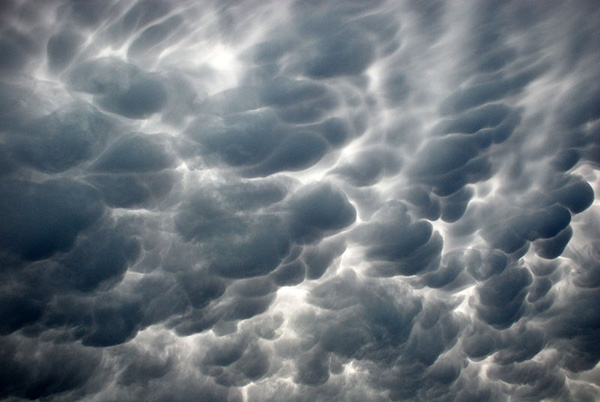
The name of this bizarre looking cloud formation is derived from the Latin word mamma meaning udder or breast. The cloud appears to have round puffs on its underbelly. The lower surface of the cloud is warmer than the upper surface, creating convection currents which result in these ball shaped puffs of cloud. These harmless clouds are sometimes mistaken for impending tornadoes, but that is a misconception. Though one might not expect something as devastating as a tornado, but you can be sure that thunderstorms are round the corner!
3. Morning glory clouds
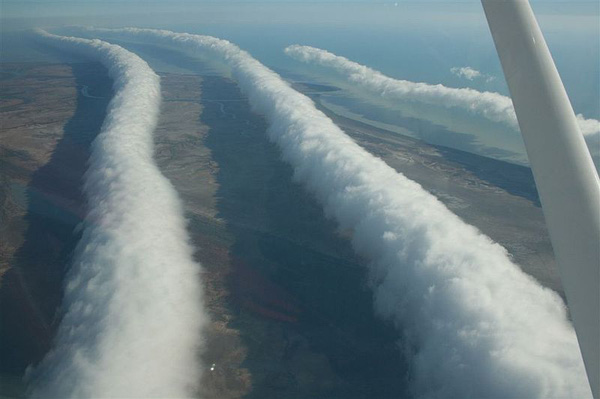
These long roll shaped clouds are very rare, occurring mainly down south in Australia. The Morning Glory clouds are swift moving with speeds of about sixty kilometers per hour. These clouds are formed very close to the surface of the earth, sometimes as low as 100 to 200 meters from the ground surface. Associated with high pressure fronts, these clouds are usually accompanied with short squalls.
4. Lenticular clouds
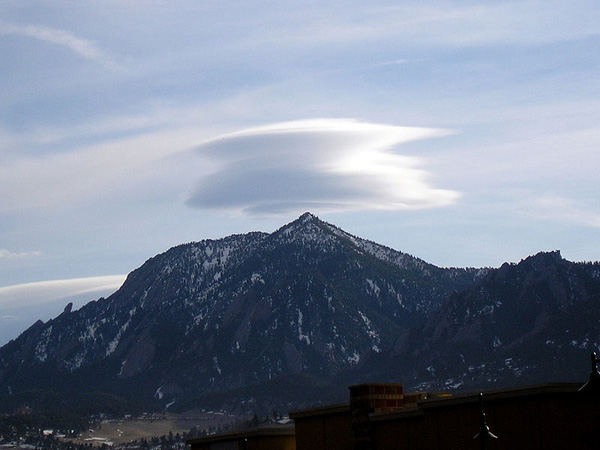
The lenticular clouds shaped like lenses, are usually formed over the peaks of hills or mountains. What happens is that, when clouds travelling at high speeds travel past a mountain, due to the pressure created, the clouds tend to spring back and circle around the mountain. This oscillation takes place for quite a long time resulting in these “top” shaped clouds. Many a times these unassuming clouds have caused havoc, as due to their unique shape they have been mistaken as UFOs!
5. Anvil clouds
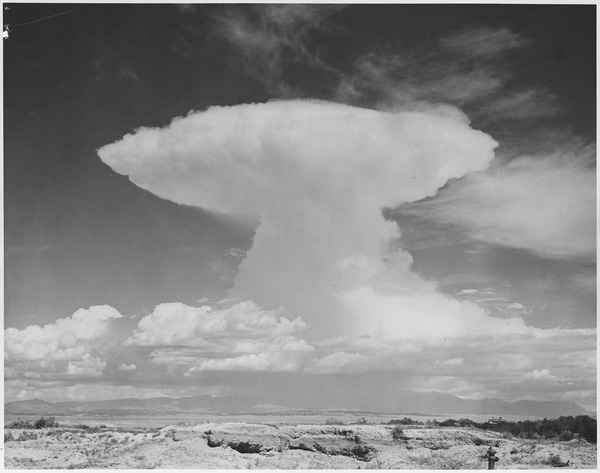
As the name suggests, this cloud is in the shape of an anvil. The Anvil cloud usually consists of ice particles. Prevalent at the top surface of thunderstorms, they get their anvil shape when air rises, expands and spreads out. The air which is rising is warmer than the air which is present in the stratosphere. The air in the stratosphere hence prevents the air from rising any further, and as a result it spreads out.
6. Noctilucent clouds
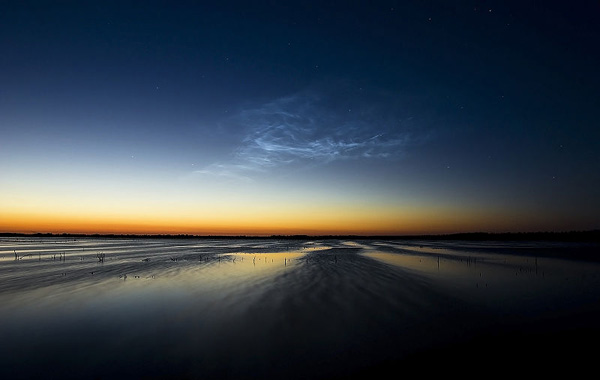
Noctilucent clouds are generally seen in the summer months. Generally light blue in color, these are the highest clouds which are formed, about eighty kilometers from the surface of the earth. The reason behind their formation is still under debate. The first Noctilucent clouds were seen after the eruption of Mt Krakatoa in 1883. As a result, some scientists think that they are formed as a result of dust particles in the air while some believe it is water vapor condensed into ice crystals. Whatever be the reason for their formation, they are stunningly beautiful in the light of the setting sun.
7. Polar stratospheric clouds

It is best to finish off the list with the most spectacular of clouds, found in the Antarctic. These clouds are also given the name of “mother of pearl clouds” due to their bright iridescence. They form at around minus 85 degree Celsius and are composed of dry ice crystals. Sighting this feat of nature is very rare, as in the Antarctic it stays dark for six months at a stretch, and even if it is summer, harsh climates prevent good visibility. As beautiful as they may look, they are depleting the ozone layer as they present surfaces for the formation of active chlorine which depletes the ozone. Still, however harmful they may be, the fact cannot be denied that they are sure to take your breath away!




